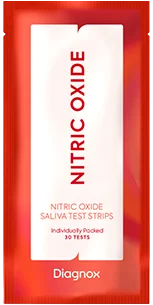A ketogenic diet can vary in strictness and sources of nutrition, falling along a spectrum.
A standard ketogenic diet typically consists of approximately 70% of daily calories from fats and around 10% from carbohydrates. Calories are derived from a range of food sources, including meats, poultry, nuts, seeds, fatty fruits, and vegetables.
On the opposite end of the spectrum, there is a strict carnivore diet, which exclusively derives all calories from animal products.
A ketovore diet falls in between these two extremes. Its primary objective is to obtain most of its calories from meat products, but it allows for a broader range of food options compared to a carnivore diet. Common items in a ketovore diet include meat, fish, eggs, heavy cream, avocados, and low-carb vegetables.
The shared goal among these variations is to induce and maintain a state of ketosis, though individuals may choose a specific diet plan based on their unique health objectives, such as managing digestive issues, regulating metabolism, or stabilizing blood sugar levels.
It is crucial to emphasize that ketogenic diets are restrictive in nature and can potentially lead to health complications if not followed carefully. Therefore, it is highly recommended to consult with a registered nutritionist or healthcare specialist to develop a tailored diet plan that aligns with your specific needs and goals. A supervised approach, guided by the recommendations of a qualified nutritionist, can help you achieve your health objectives safely and effectively.
For more details, refer to this blog.
Urinalysis strip (dipstick) is a narrow plastic strip which has several square-shaped pads of different colors attached to it. Each small pad represents a component of the test used to interpret urinalysis. When dipped in the urine, pad colors change in response to the chemical characteristics of the urine. The color changes are noted at specific time intervals and compared against the reference color chart/key.




















































































